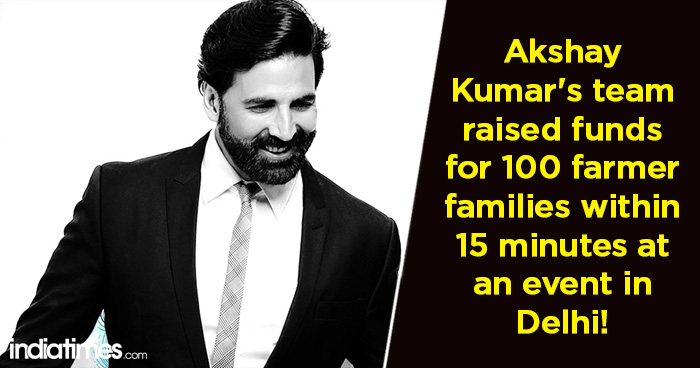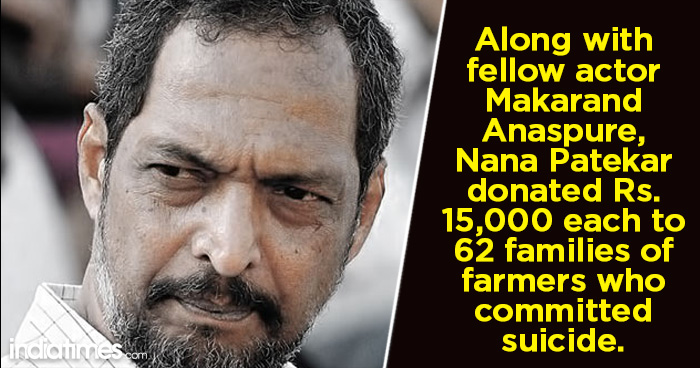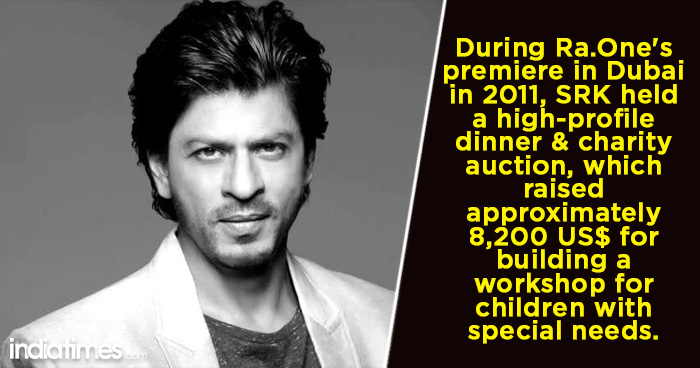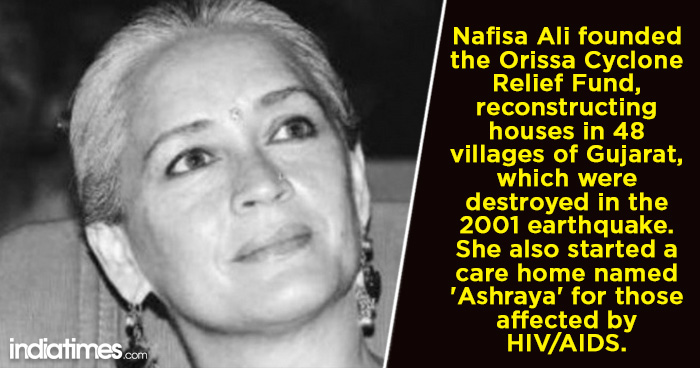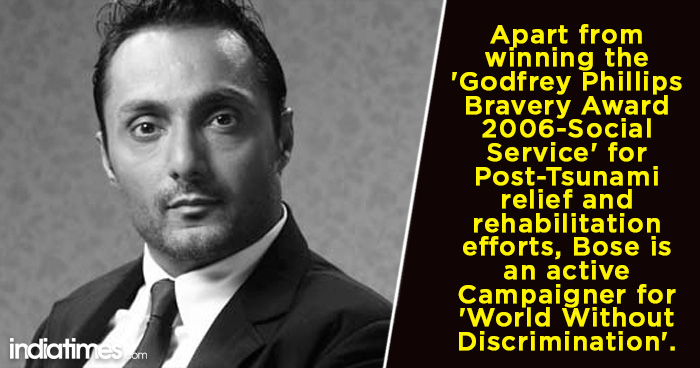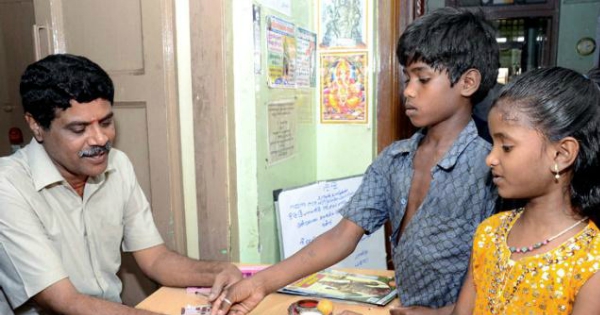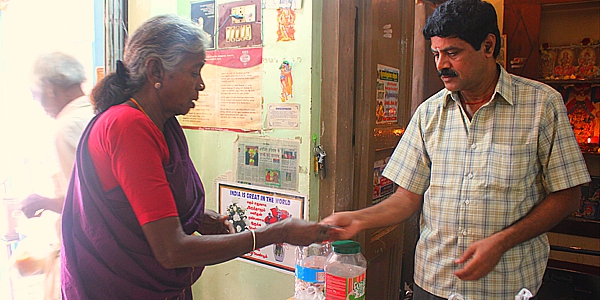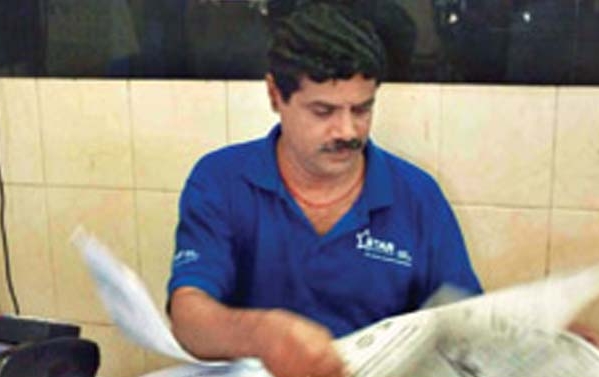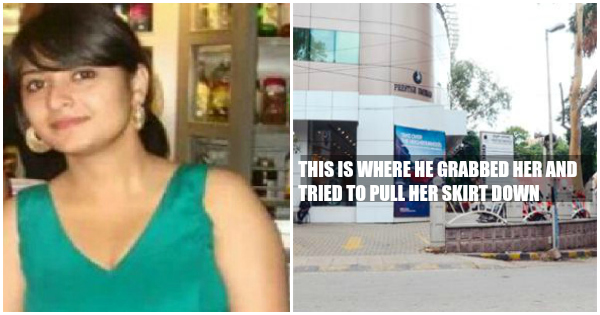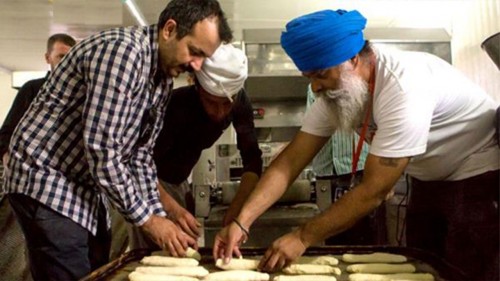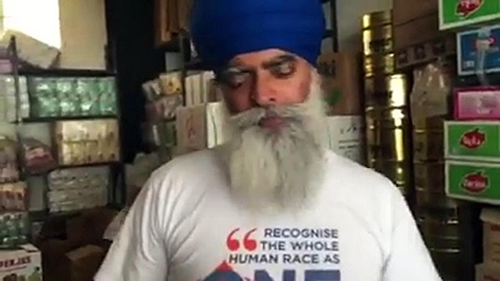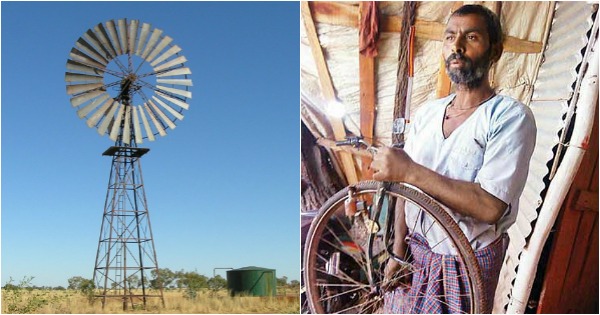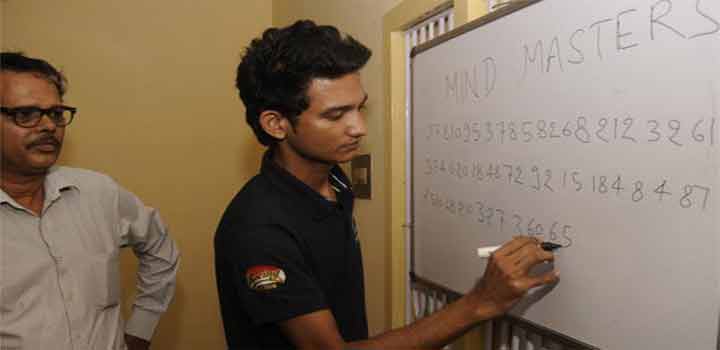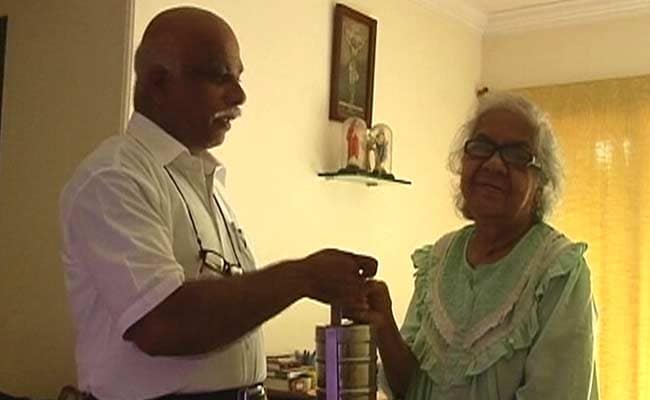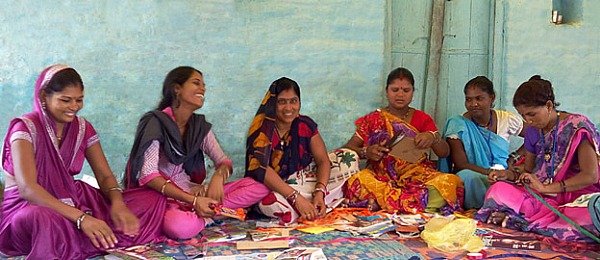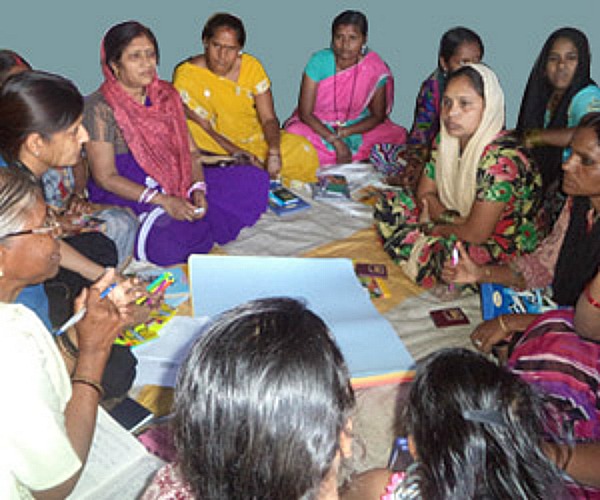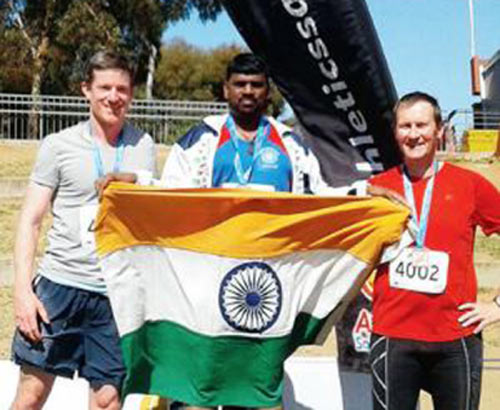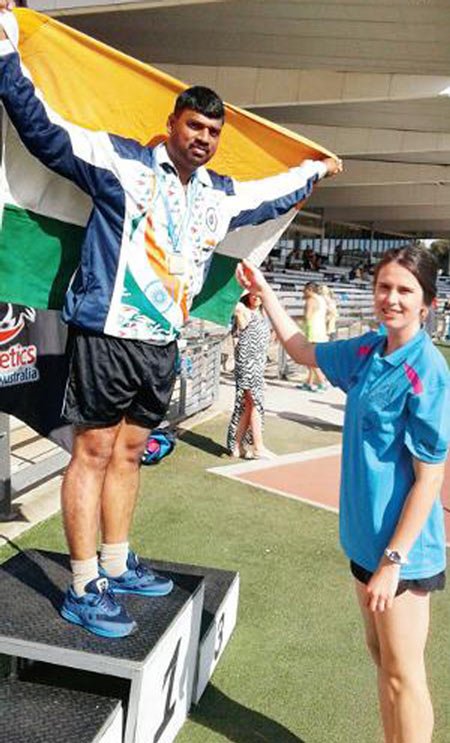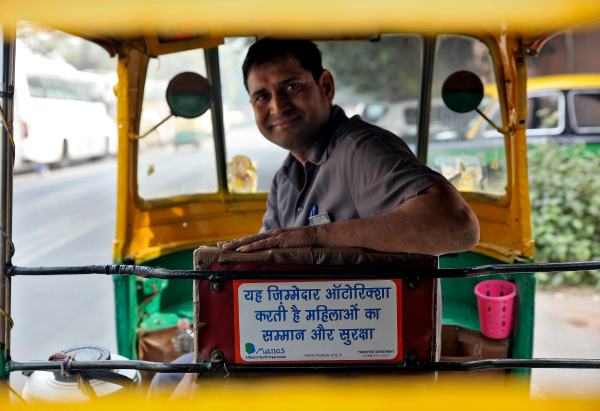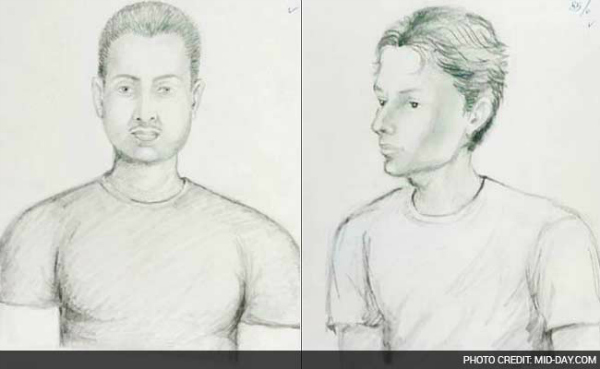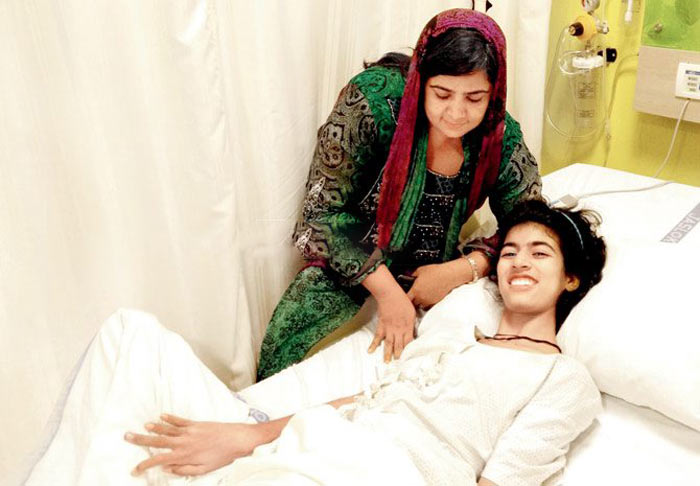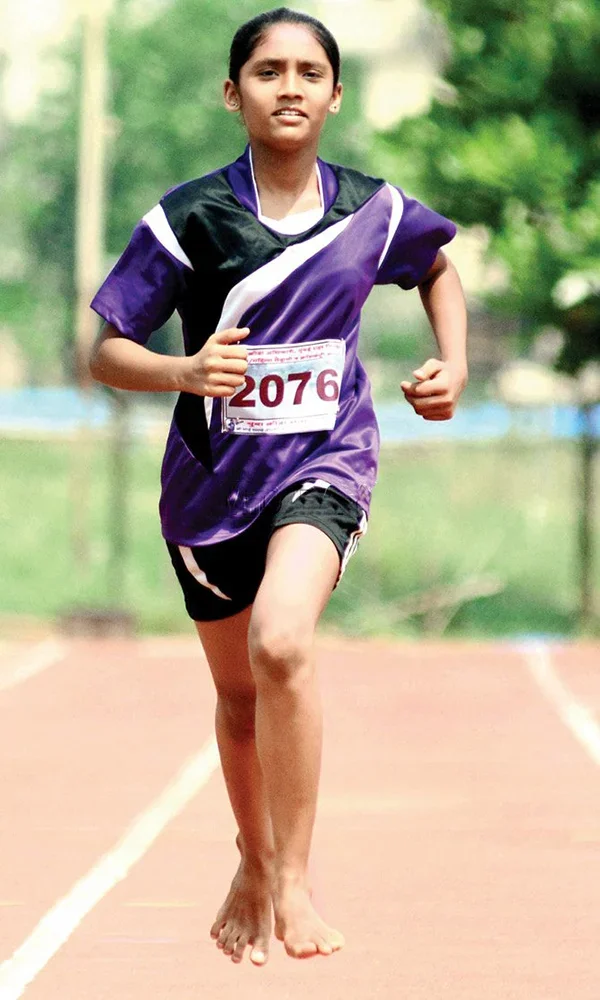P.J.
0
Six teenagers Of Indian Origin Receive Google Science Fair Awards
Six teenagers Of Indian Origin Receive Google Science Fair Awards
Six teenagers of Indian origin, including three Indian-Americans, are among the winners of the 2015 Google Science Fair awards announced late last month.
Google announced Sept. 22 the winners of its fifth annual Google Science Fair, the web giant’s online science contest for teen researchers from around the world. Some 22 finalists between 13-18 years of age were honored at Google headquarters in Mountain View, California.
The three award-winning Indian-Americans are Anurudh Ganesan, 15 from Maryland, Deepika Kurup, 17 from New Hampshire and Pranav Sivakumar, 15 from Illinois. The three won the Lego Education Builder, National Geographic Explorer and Virgin Galactic Pioneer awards, respectively.
Lego Education, National Geographic and Virgin Galactic, are partners in the Google Science Fair.
The three other award-winners of Indian origin were Girish Kumar of Singapore, Lalita Prasida Sripada Srisai from Odisha, India, and Krtin Nithiyanandam of the United Kingdom. They were honored with the Google Technologist, Community Impact and Scientific American Innovator awards.
The grand prize went to Olivia Hallisey from Connecticut for creating a novel way to detect Ebola.
“In all of these finalists and the thousands of submissions from students in 100+ countries, we see something common. These students are inventive, thoughtful, and determined to help make the world a better place.
All they need is a chance and a platform to do so. And, unlike some of us adults, they are ready to try things that other people think are “impossible.” I find them inspiring,” Mariette DiChristina, Editor- in-Chief of Scientific American, who was the chief judge at the science fair, said.
Girish Kumar won the Google Technologist Award for helping improve learning through auto-generated study questions while the National Geographic Explorer Award went to Deepika Kurup for her idea to use solar-powered silver to create clean drinking water.
Krtin Nithiyanadam’s project focused on improved diagnosis and treatment of Alzheimer’s disease and won him the Scientific American Innovator Award while Pranav Sivakumar’s automated search for “gravitationally lensed quasars” earned him the Virgin Galactic Pioneer Award. Anurudh Ganesan took home The LEGO Education Builder Award for his unique twist on effectively transporting vaccines.
DiChristina wrote in Google’s official blog that it is “imperative for us” to support and encourage young people to explore and challenge the world around them through scientific discovery.
“We’re especially glad that Ahmed Mohamed—the 14-year-old clock maker from Texas—took us up on our invite to attend this year’s event. Curious young scientists, inventors and builders like him should be encouraged and empowered,” she said referring to Ahmed who was arrested in September after rigging a homemade digital clock inside a case and showing it to a teacher who thought it was a bomb and alerted police. He was released later and was invited by President Obama to come to the White House.
“The past decades have brought tremendous innovations and challenges, and none of us knows what the future of scientific discovery holds. But I can tell you one thing: it’s going to be better thanks to these kids. They will be part of building a brighter future for us all—and as they do, those of us at Scientific American, Google, LEGO Education, National Geographic and Virgin Galactic will be cheering them on.”
http://www.newsindiatimes.com/six-t...m_campaign=NIT-OCT+9th,+2015&utm_medium=email
Six teenagers Of Indian Origin Receive Google Science Fair Awards
Six teenagers of Indian origin, including three Indian-Americans, are among the winners of the 2015 Google Science Fair awards announced late last month.
Google announced Sept. 22 the winners of its fifth annual Google Science Fair, the web giant’s online science contest for teen researchers from around the world. Some 22 finalists between 13-18 years of age were honored at Google headquarters in Mountain View, California.
The three award-winning Indian-Americans are Anurudh Ganesan, 15 from Maryland, Deepika Kurup, 17 from New Hampshire and Pranav Sivakumar, 15 from Illinois. The three won the Lego Education Builder, National Geographic Explorer and Virgin Galactic Pioneer awards, respectively.
Lego Education, National Geographic and Virgin Galactic, are partners in the Google Science Fair.
The three other award-winners of Indian origin were Girish Kumar of Singapore, Lalita Prasida Sripada Srisai from Odisha, India, and Krtin Nithiyanandam of the United Kingdom. They were honored with the Google Technologist, Community Impact and Scientific American Innovator awards.
The grand prize went to Olivia Hallisey from Connecticut for creating a novel way to detect Ebola.
“In all of these finalists and the thousands of submissions from students in 100+ countries, we see something common. These students are inventive, thoughtful, and determined to help make the world a better place.
All they need is a chance and a platform to do so. And, unlike some of us adults, they are ready to try things that other people think are “impossible.” I find them inspiring,” Mariette DiChristina, Editor- in-Chief of Scientific American, who was the chief judge at the science fair, said.
Girish Kumar won the Google Technologist Award for helping improve learning through auto-generated study questions while the National Geographic Explorer Award went to Deepika Kurup for her idea to use solar-powered silver to create clean drinking water.
Krtin Nithiyanadam’s project focused on improved diagnosis and treatment of Alzheimer’s disease and won him the Scientific American Innovator Award while Pranav Sivakumar’s automated search for “gravitationally lensed quasars” earned him the Virgin Galactic Pioneer Award. Anurudh Ganesan took home The LEGO Education Builder Award for his unique twist on effectively transporting vaccines.
DiChristina wrote in Google’s official blog that it is “imperative for us” to support and encourage young people to explore and challenge the world around them through scientific discovery.
“We’re especially glad that Ahmed Mohamed—the 14-year-old clock maker from Texas—took us up on our invite to attend this year’s event. Curious young scientists, inventors and builders like him should be encouraged and empowered,” she said referring to Ahmed who was arrested in September after rigging a homemade digital clock inside a case and showing it to a teacher who thought it was a bomb and alerted police. He was released later and was invited by President Obama to come to the White House.
“The past decades have brought tremendous innovations and challenges, and none of us knows what the future of scientific discovery holds. But I can tell you one thing: it’s going to be better thanks to these kids. They will be part of building a brighter future for us all—and as they do, those of us at Scientific American, Google, LEGO Education, National Geographic and Virgin Galactic will be cheering them on.”
http://www.newsindiatimes.com/six-t...m_campaign=NIT-OCT+9th,+2015&utm_medium=email

